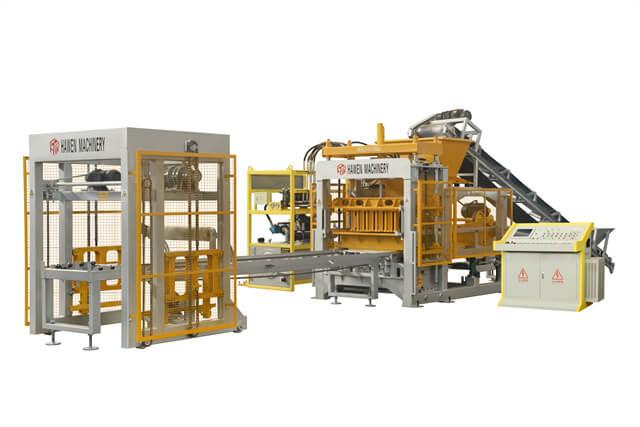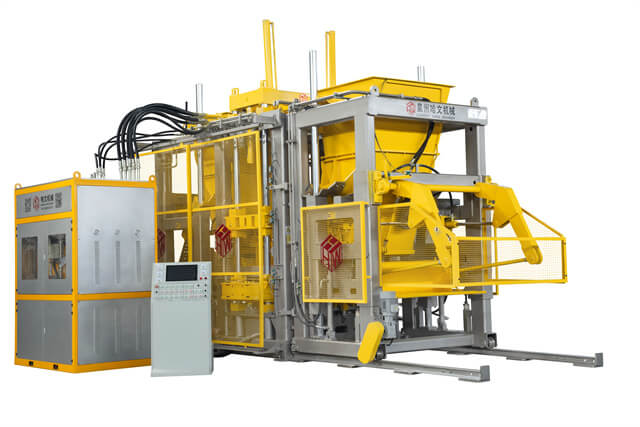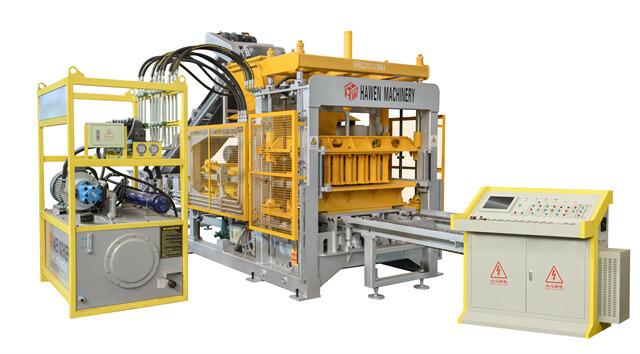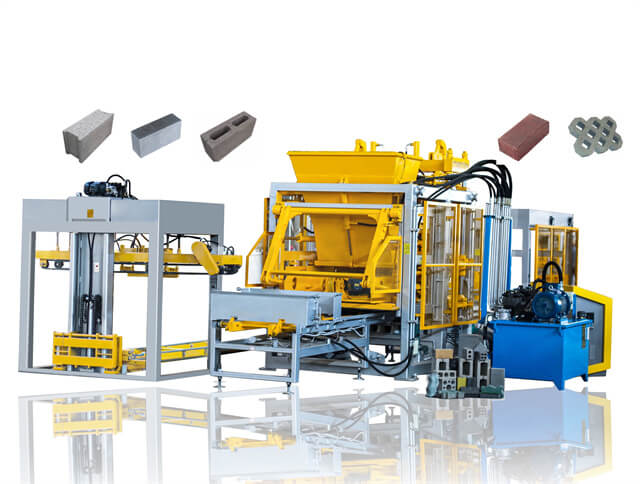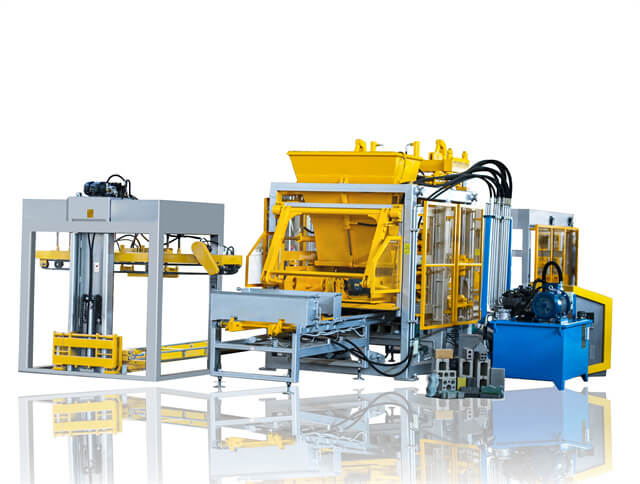Author:HAWEN Block MachineFROM:Brick Production Machine Manufacturer TIME:2024-06-17
Hollow block machine manual is a widely used equipment in the construction industry for producing hollow blocks. It provides a cost-effective solution for small-scale production and offers versatility in terms of block sizes and designs. However, to ensure an efficient production process, it is important to follow certain guidelines and implement effective strategies. This article will discuss some key factors for achieving an efficient production process for a hollow block machine manual.
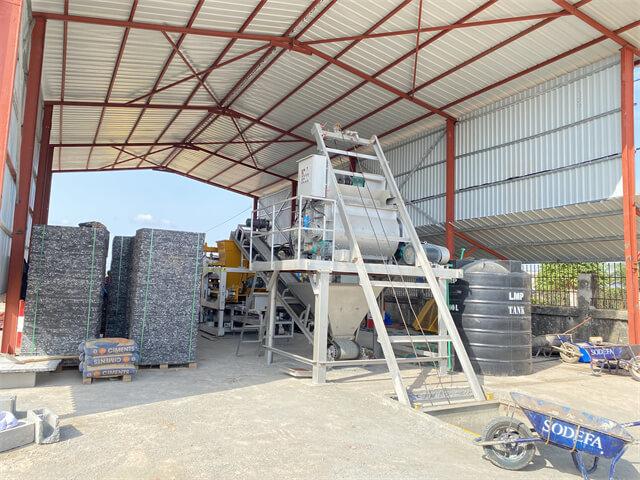
The first step in ensuring an efficient production process is to set up the hollow block machine correctly. This includes positioning the machine on a stable foundation, ensuring that all the components are properly aligned and tightened, and lubricating the moving parts. Proper machine setup not only ensures smooth operation but also minimizes the risk of breakdowns and delays in production.
Another crucial aspect of an efficient production process is maintaining strict quality control of raw materials. The quality of hollow blocks greatly depends on the quality of the raw materials used, such as cement, sand, aggregate, and water. It is essential to source high-quality materials from reputable suppliers and conduct regular testing to ensure they meet the required standards. Any deviation in the quality of raw materials can lead to substandard blocks and waste of resources.
The design of the hollow blocks also plays a significant role in the efficiency of the production process. By optimizing the block design, it is possible to reduce material wastage and increase productivity. Factors such as the shape, size, and thickness of the blocks should be carefully considered to ensure maximum strength and durability while minimizing the use of raw materials. A well-designed block not only enhances the efficiency of the production process but also improves the quality of the final product.
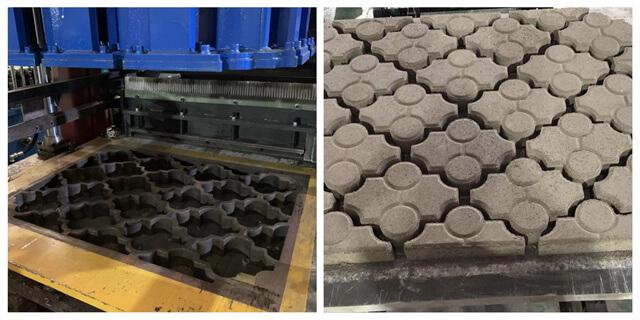
Maintenance and cleaning of the hollow block machine are essential for its efficient operation. Regular inspection and servicing of the machine can help identify and resolve any potential issues before they escalate. Additionally, keeping the machine clean from dust, debris, and hardened cement ensures smooth movement of parts and prevents clogging. By implementing a regular maintenance schedule, downtime due to breakdowns can be minimized, resulting in increased productivity.
Efficiency in production can be greatly enhanced by streamlining the workflow. This involves organizing the production area in a logical manner, ensuring that the required raw materials and tools are readily available, and optimizing the sequence of operations. A well-organized production workflow eliminates unnecessary movements, reduces waiting time, and increases overall productivity. It is also important to train the operators on efficient work practices to ensure consistent and optimized production.
Incorporating automation and technology into the production process can further improve efficiency. Upgrading the hollow block machine manual with advanced features such as automatic material feeding and block ejection systems can significantly reduce manual labor and speed up production. Integrating digital monitoring and control systems can also help track production parameters, identify bottlenecks, and optimize the process for better efficiency.
An effective waste management system is crucial for maintaining an efficient production process. Proper segregation and disposal of waste materials such as excess cement, broken blocks, and unused raw materials minimize clutter and create a safe and organized working environment. Recycling or reusing certain waste materials can also contribute to cost savings and environmental sustainability.
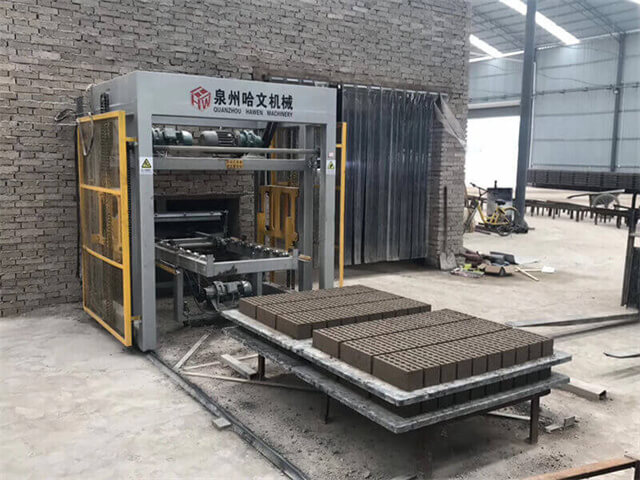
Lastly, to ensure long-term efficiency in the production process, it is important to foster a culture of continuous improvement and innovation. Regularly evaluating the production process, identifying areas for improvement, and implementing innovative solutions can optimize efficiency and productivity. Keeping up with the latest industry trends, technologies, and best practices can also help stay ahead of the competition and meet the changing demands of the market.
In conclusion, achieving an efficient production process for a hollow block machine manual requires careful attention to various factors such as proper machine setup, quality control of raw materials, optimal block design, regular maintenance and cleaning, streamlined production workflow, automation and technology integration, waste management, and continuous improvement. By implementing these strategies, construction businesses can increase productivity, reduce costs, and deliver high-quality hollow blocks to meet the demands of the industry.
